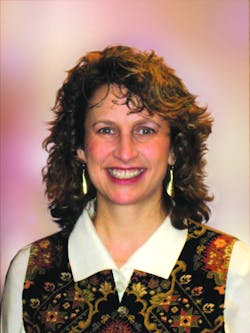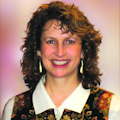
The vibrancy of biophotonics continues to escalate. Examples of this fact abound in trade shows and conferences. For instance:
Organizers of the 115th Annual Meeting of the American Academy of Ophthalmology issued a press release saying new data presented at the event suggests that a femtosecond laser approach “could revolutionize cataract surgery.”
Optics and photonics feature prominently at other 2011 discipline-specific events still in the future as of this writing: At the Society for Neuroscience Annual Meeting, for example, a number of developers are planning product announcements, including Mad City Labs’ image-based stability system that hopes to change the nature of live cell imaging. Carl Zeiss plans a presentation at Neuroscience, too, on expansion of offerings for biosciences.
Mid-Infrared Technologies for Health and the Environment (MIRTHE), a National Science Foundation Engineering Research Center, hosted its second Investment Focus Group (IFG) conference on October 12. While the first conference focused on general applications, this one explored medical applications, starting with an overview of promising applications such as human breath monitoring, noninvasive glucose sensing, cancer diagnostics, and environmental health monitoring.
A non-scientific survey of exhibitors at the OSA’s Frontiers in Optics 2011 indicates that most are developing for the biomedical market—even if their displays did not promote this fact—and many consider this segment key. As ever, a significant portion of the FiO conference program was dedicated to life sciences topics.
And finally, the largest annual event for bio-optics and -photonics, the Biomedical Optics Symposium (BiOS) that is part of SPIE’s Photonics West, which takes place in January 2012, will feature a record 1,795 paper presentations—which equates to roughly 45% of the presentations overall. The technical program will feature a new conference—Optical Techniques in Pulmonary Medicine—and plenty of presentations on popular topics such as optical biopsy, optical coherence tomography (OCT), and optogenetics (which Nature Methods selected as its ‘Method of the Year’ for 2010). In addition, organizers have expanded the show floor to accommodate a 15% growth in exhibitors.
What are indicators you’ve seen that this market continues to expand—despite the poor economy overall?
About the Author

Barbara Gefvert
Editor-in-Chief, BioOptics World (2008-2020)
Barbara G. Gefvert has been a science and technology editor and writer since 1987, and served as editor in chief on multiple publications, including Sensors magazine for nearly a decade.